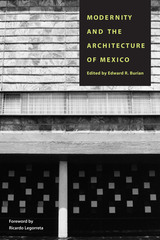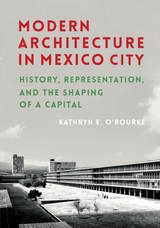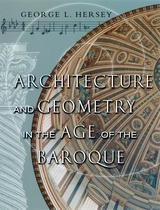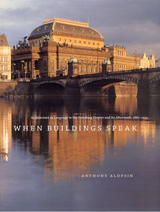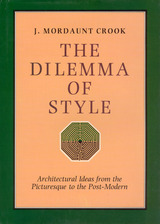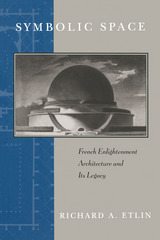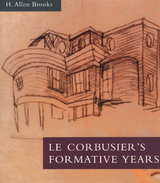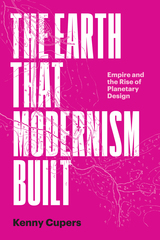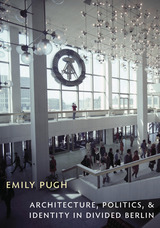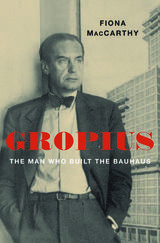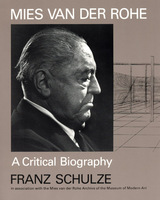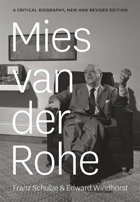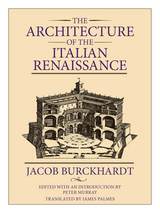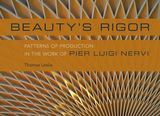Cloth: 978-0-674-52059-2
Library of Congress Classification NA1053.J4S44
Dewey Decimal Classification 727.47
There is no doubt about Le Corbusier's dominating stature in twentieth century architecture. Here, for the first time, is a richly illustrated portrait of the way he worked out a design from inception to completion; it is an examination of the creative process that looks over the architect's shoulder, seeing his governing principles and typical strategies as well as his working habits and personality.
The book recounts the story of a building that for its creator had a special significance. The Carpenter Center for the Visual Arts at Harvard was one of his last buildings. Le Corbusier was aware that it would be his only one in the United States and thus his only chance to teach an object lesson in a country about which he had very strong feelings. William Curtis describes the Carpenter Center and traces, step by step, the development of its design. Eduard Sekler assesses the building's aesthetics, especially in relation to Le Corbusier's total oeuvre. Rudolph Arnheim and Barbara Norfleet contribute chapters that look at the Carpenter Center as an exercise in creativity and assess its psychological effect and its ability to meet the changing needs of its users.
See other books on: 1887-1965 | Architecture | Genesis | Le Corbusier
See other titles from Harvard University Press

